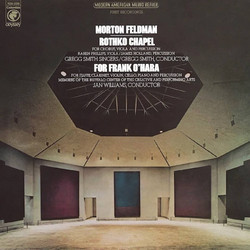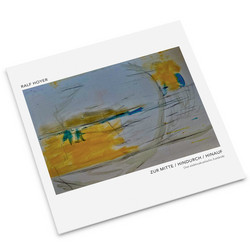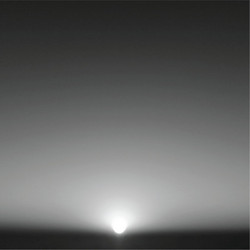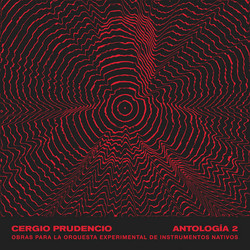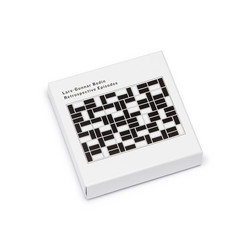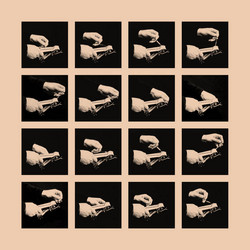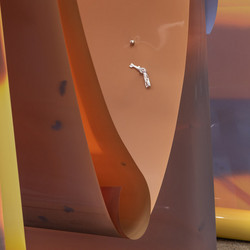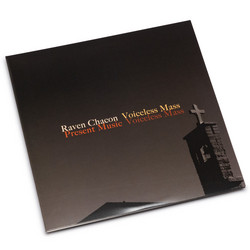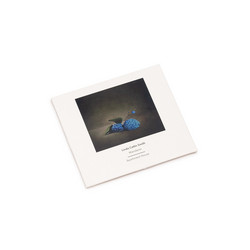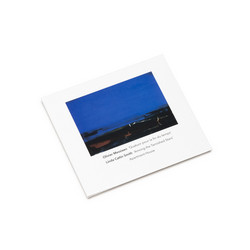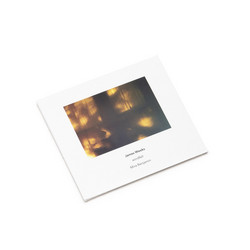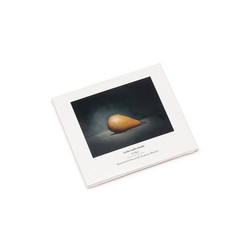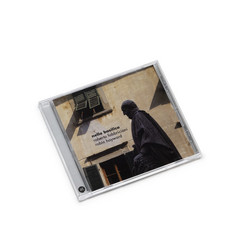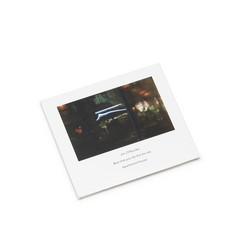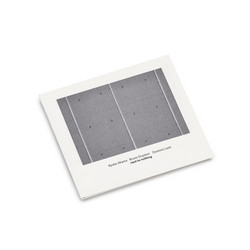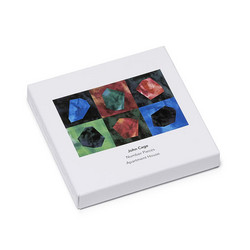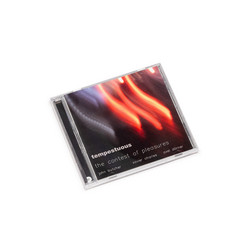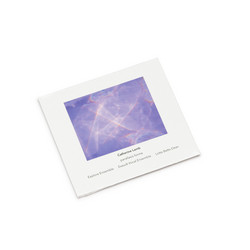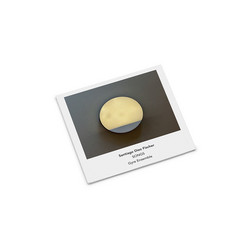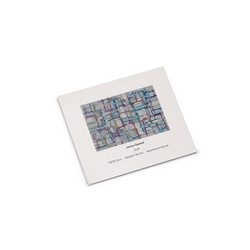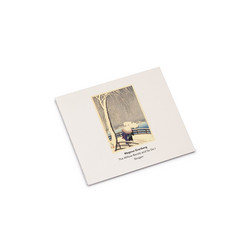Dirt Road stands as a milestone in Linda Catlin Smith's catalogue - a single work expanding over an hour, composed in 2005 and commissioned for dance. Performed by Mira Benjamin (violin) and Simon Limbrick (percussion), the piece moves through fifteen loosely connected movements, each open to interpretation and marked by Smith’s trademark transparency. The violin floats above sparse percussion gestures - wood, metal, vibraphone, and bowls - sometimes in suspended dialogue, sometimes drifting across silence. Smith forgoes grand gestures and narrative, offering instead a slow emergence and dissolution of melodic fragments and subtle timbral interplay.
The writing is guided by attention to detail - melodies breathe, intervals await their echo, and each movement becomes its own place of contemplation. Influenced by the landscapes of rural Ontario and her love of Erik Satie, Morton Feldman, and French Baroque, Smith carves out a space where harmony and rhythm blur into shimmering stasis. The differences between instruments are used not for drama, but to reveal the unique character of each sound - the violin sharp and singing, the percussion bathing it in oscillating glow. Stillness, repetition, and gentle asymmetry define the form, granting each phrase the freedom to wander and return.
Dirt Road invites the listener to slow down and dwell with its fragile architecture. Benjamin and Limbrick’s performances - discrete, attentive, and deeply rooted - reveal the richness of the score’s open form. This is music that “turns things suddenly and surprisingly into a new light,” to borrow Smith’s own terms: what seems so straightforward in the moment becomes labyrinthine and impossible to grasp only shortly afterwards. Dirt Road transforms the ordinary into the quietly extraordinary, offering a rare instance where music, place, and memory dissolve into each other.

